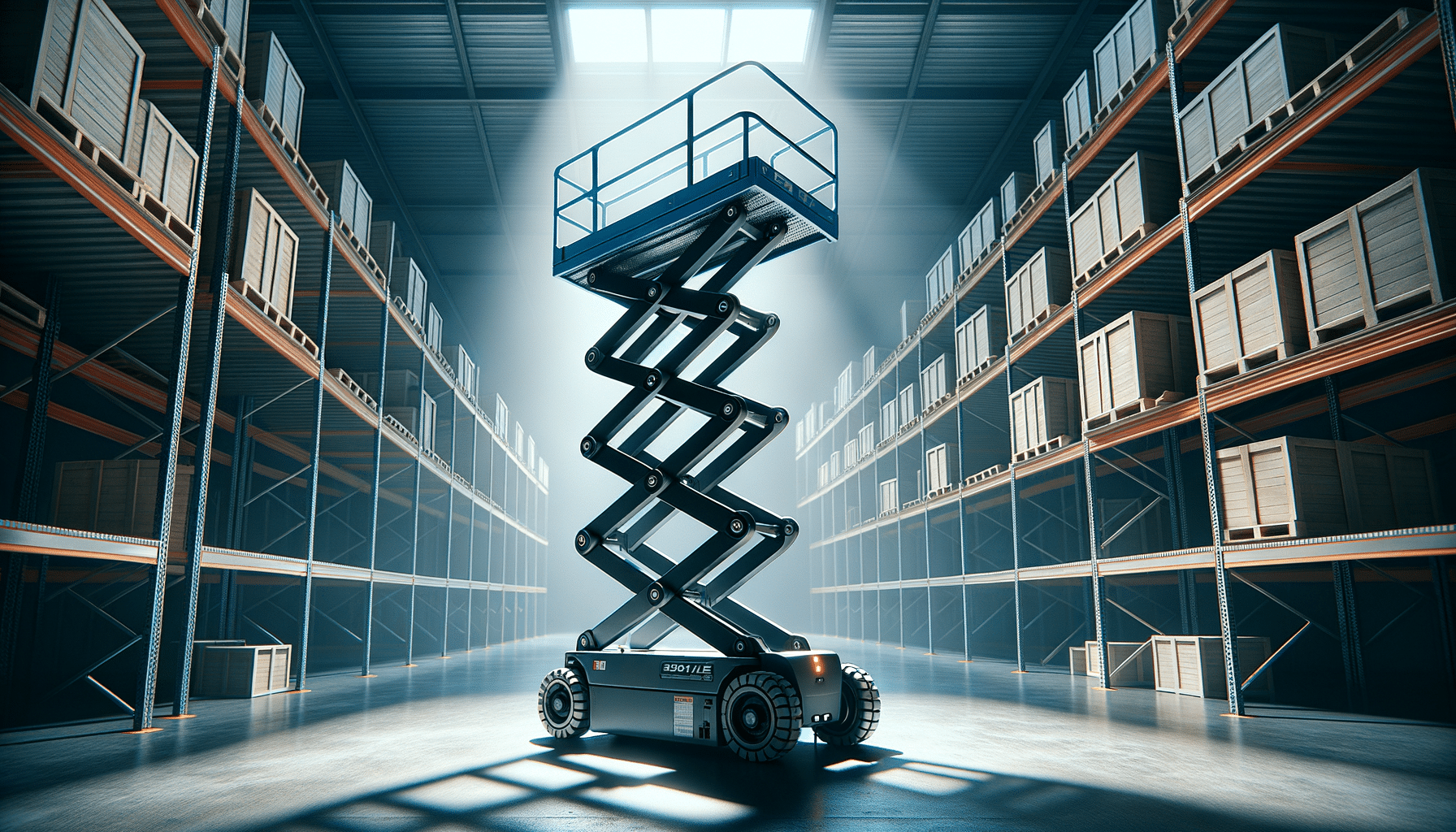
Exploring the Versatility and Utility of Scissor Lifts
Introduction to Scissor Lifts
Scissor lifts are a pivotal component in many industries, providing safe and efficient access to elevated work areas. These mechanical platforms are renowned for their ability to raise workers and equipment to heights that would otherwise be difficult to reach. The importance of scissor lifts cannot be understated, as they enhance productivity and safety in environments such as construction, maintenance, and warehousing. Their versatility and ease of use make them indispensable in tasks requiring elevation, from painting high walls to installing overhead lighting.
Types and Features of Scissor Lifts
Scissor lifts come in various types, each designed to meet specific needs and environments. The two main categories are electric scissor lifts and diesel scissor lifts. Electric scissor lifts are ideal for indoor use due to their quiet operation and lack of emissions. They are perfect for tasks in confined spaces where ventilation might be an issue. On the other hand, diesel scissor lifts are robust and suited for outdoor applications. They offer greater power and can handle rough terrains, making them suitable for construction sites.
Key features of scissor lifts include:
- Platform Height: Determines the maximum height the lift can reach.
- Load Capacity: Indicates the maximum weight the lift can safely support.
- Mobility: Some models are equipped with wheels for easy relocation.
- Safety Mechanisms: Include guardrails and emergency stop buttons to ensure user safety.
Understanding these features helps in selecting the right scissor lift for specific tasks, ensuring efficiency and safety.
Safety Considerations and Best Practices
Safety is paramount when operating scissor lifts. Operators must be well-trained and aware of the potential hazards associated with these machines. One of the primary safety concerns is the risk of tipping over, which can occur if the lift is used on uneven ground or if the load exceeds its capacity. To mitigate such risks, it is essential to conduct a thorough site assessment before using the lift.
Best practices for safe operation include:
- Regular maintenance checks to ensure all components are functioning correctly.
- Using the lift only on stable and level surfaces.
- Adhering to the manufacturer’s guidelines regarding load limits and operational procedures.
- Ensuring that all safety devices, such as guardrails, are in place and secure.
By following these guidelines, operators can minimize risks and ensure a safe working environment.
Applications and Industries Benefiting from Scissor Lifts
Scissor lifts are utilized across a wide range of industries due to their versatility and efficiency. In construction, they are used for tasks such as installing windows and facades, painting, and electrical work. Warehouses benefit from scissor lifts for inventory management, allowing workers to easily reach high shelves. In the entertainment industry, scissor lifts play a crucial role in setting up stages and lighting for events.
Other applications include:
- Maintenance of tall structures, such as streetlights and signs.
- Cleaning services for high windows and building exteriors.
- Installation of HVAC systems and other utilities.
The adaptability of scissor lifts makes them a valuable asset in any field requiring elevated work.
Future Trends and Innovations in Scissor Lifts
The scissor lift industry is continually evolving to meet the demands of modern workplaces. Innovations focus on enhancing safety, efficiency, and environmental sustainability. One notable trend is the development of hybrid models, which combine the benefits of electric and diesel lifts, providing flexibility for both indoor and outdoor use.
Future advancements may include:
- Improved battery technology for longer operation times.
- Integration of smart technology for remote monitoring and diagnostics.
- Enhanced safety features, such as automatic leveling systems.
As technology progresses, scissor lifts will become even more integral to industries, offering smarter and more efficient solutions for elevated work tasks.


